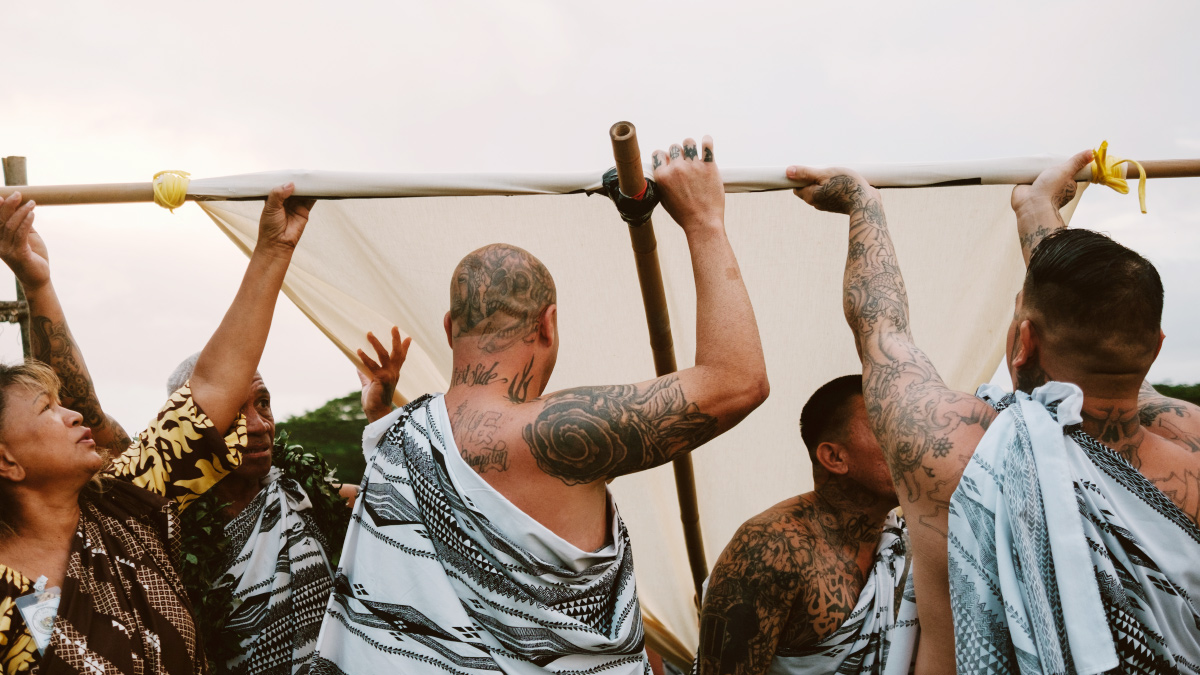In ancient times, Hawaiians structured their lives around nature. When the star cluster Makali‘i (Pleiades) rose over the horizon, the king would cease work island wide, including at the temples, and the season of Makahiki would begin. During this time, royalty would mingle with the common folk, and any warfare would cease. Instead, the people would feast and play games. It was a time to honor Lono, the god of fertility, agriculture, rainfall, music, and peace.
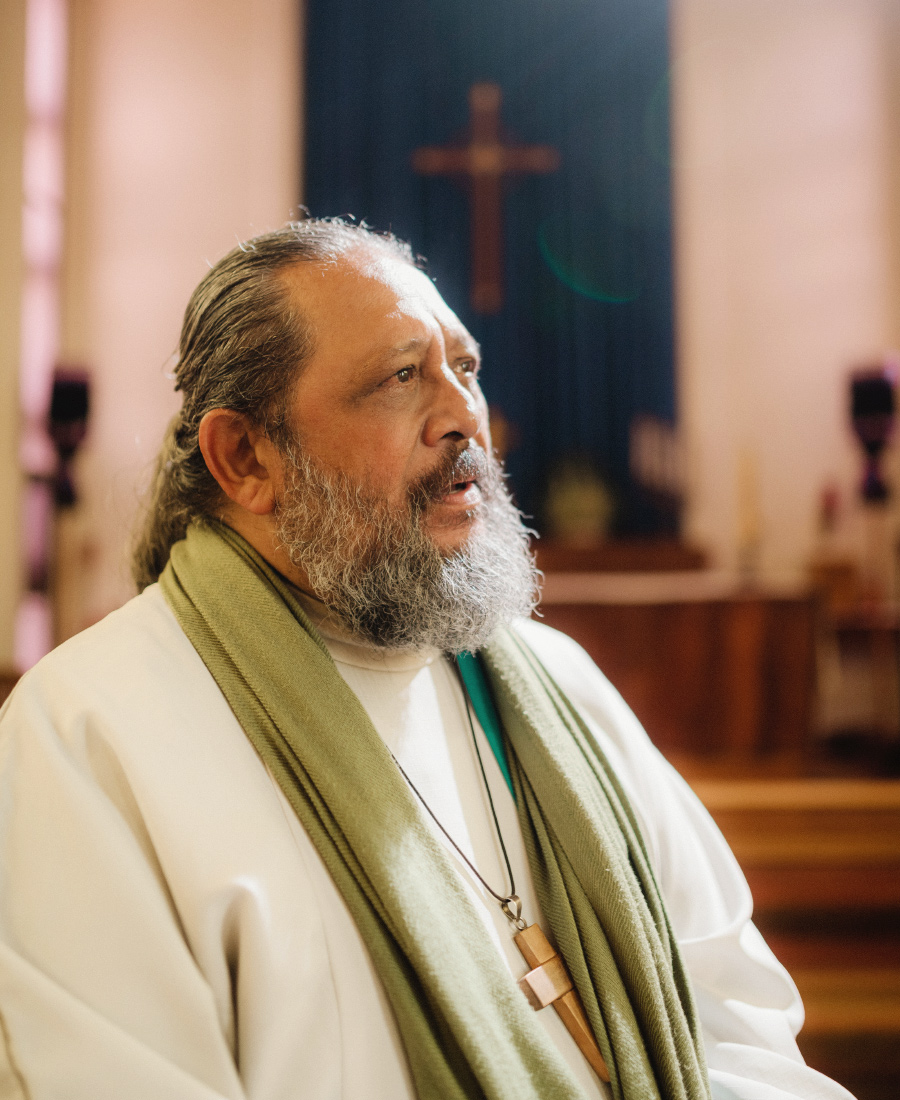
Makahiki programs within the prisons were first conceived in Oklahoma and Arizona prison facilities. Inspired by the cultural traditions practiced by their Native American inmates, such as using sweat lodges, inmates of Hawaiian ancestry felt a need to reconnect with their own cultural ceremonies and practices.
I’ve introduced our Makahiki program to most of the prisons on O‘ahu. Our first Makahiki took place at O‘ahu Community Correctional Center in 2004, with only a few participants. From there, it expanded to Hālawa and Waiawa Correctional Facilities, where we would regularly have between 40 and 50 pa‘ahao, or incarcerated Hawaiians, attend opening and closing ceremonies.
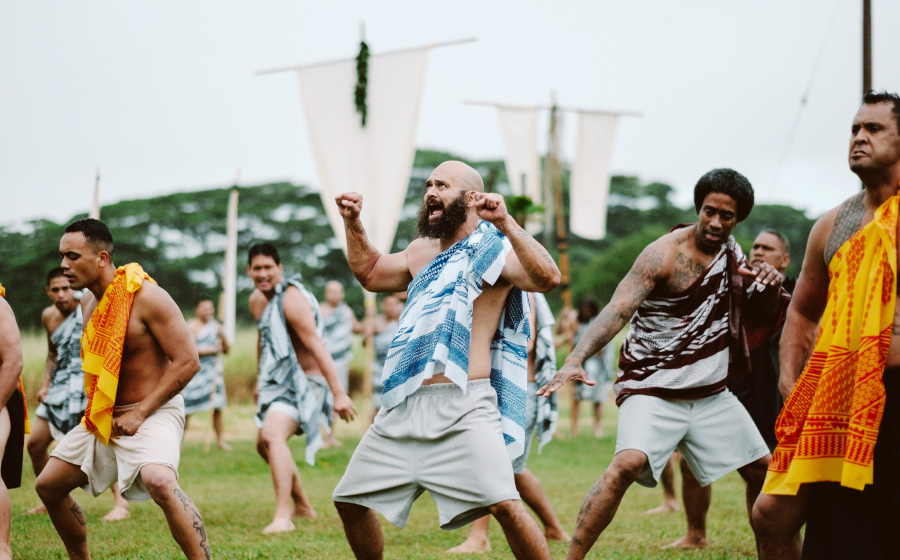
While Hawaiʻi’s prisons have done well in lessening their populations since the pandemic, they are all still crowded, shortstaffed, and more focused on punitive systems than rehabilitation. I’m working to help redesign that. In our island prisons, nearly 40 percent of the inmate population is of Hawaiian ancestry, and many carry the weight of intergenerational trauma rooted in the illegal annexation of Hawaiʻi. These inmates often come from poor backgrounds, have had their family land taken, and their lives deeply impacted by non-Hawaiians. As a result, there is a lot of anger.
During our visits, we speak of Makahiki as a time of peace, a time of resetting, and a time to let go of the things that no longer serve us. We encourage forgiveness and the embrace of community. We tailor the cultural practices contextually so that it applies to the restoration and rehabilitation of the incarcerated. Ceremonies include traditional chants, songs, and hakas, or dances.
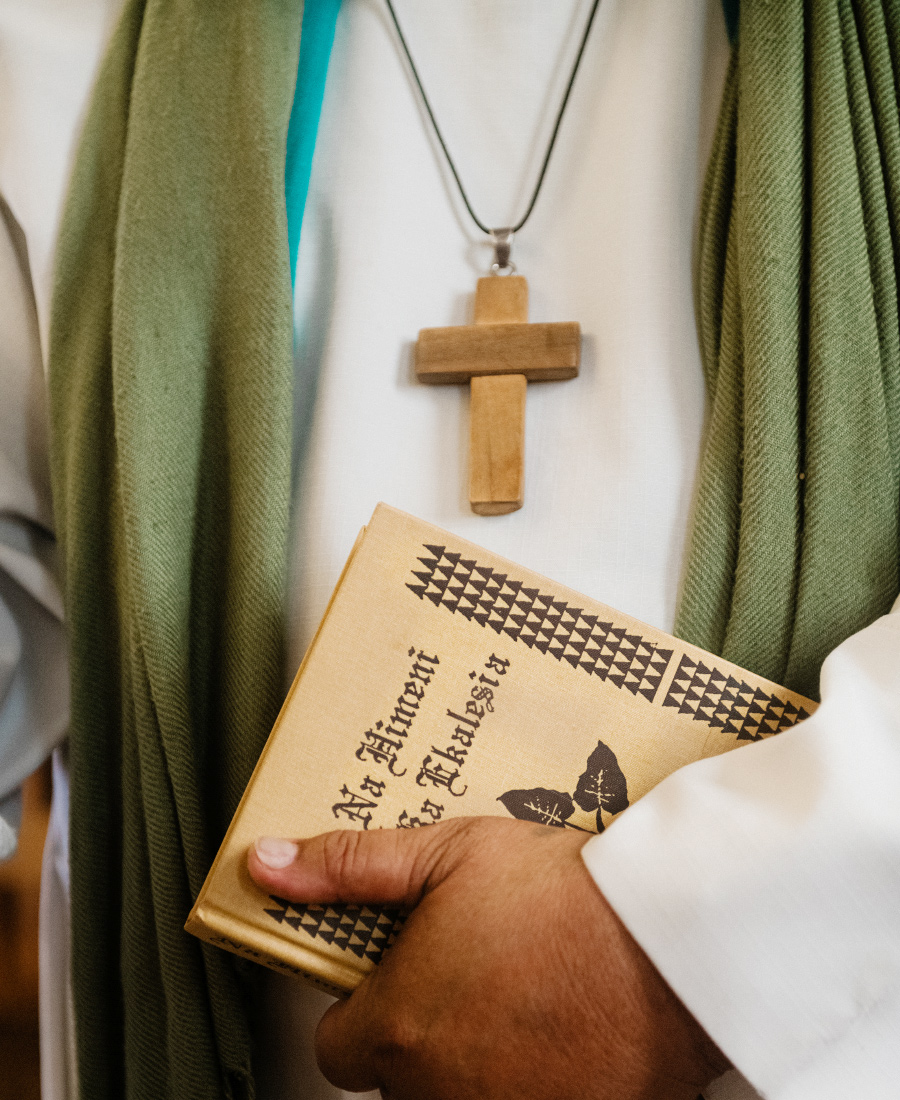
We share the story of Queen Lili‘uokalani, Hawaiʻi’s last reigning monarch, as an example. During the monarchy’s overthrow, the Queen stood down and instead promoted nonviolence. While imprisoned, she composed a hymn, “Ke Aloha o ka Haku,” asking the Lord to forgive those who treated her ill. We use her method as an avenue to explore release and rehabilitation. We tell the inmates, “Look at the larger picture, and be patient. Even if you feel that there has been injustice in your life, we are going to work through it as a people.” These messages are tailored to the prisons, but they even apply to the larger community, including visitors to our islands. Makahiki is about self-examination and restoration.
I encourage visitors to make pathways into the community and have genuine interaction. Learning about Hawaiian culture will provide good guidance on how to navigate the storms related to Hawaiian issues that inevitably come. And Hawaiians especially need our culture—it is our life and legacy, and it will be an anchor for us through difficult times.
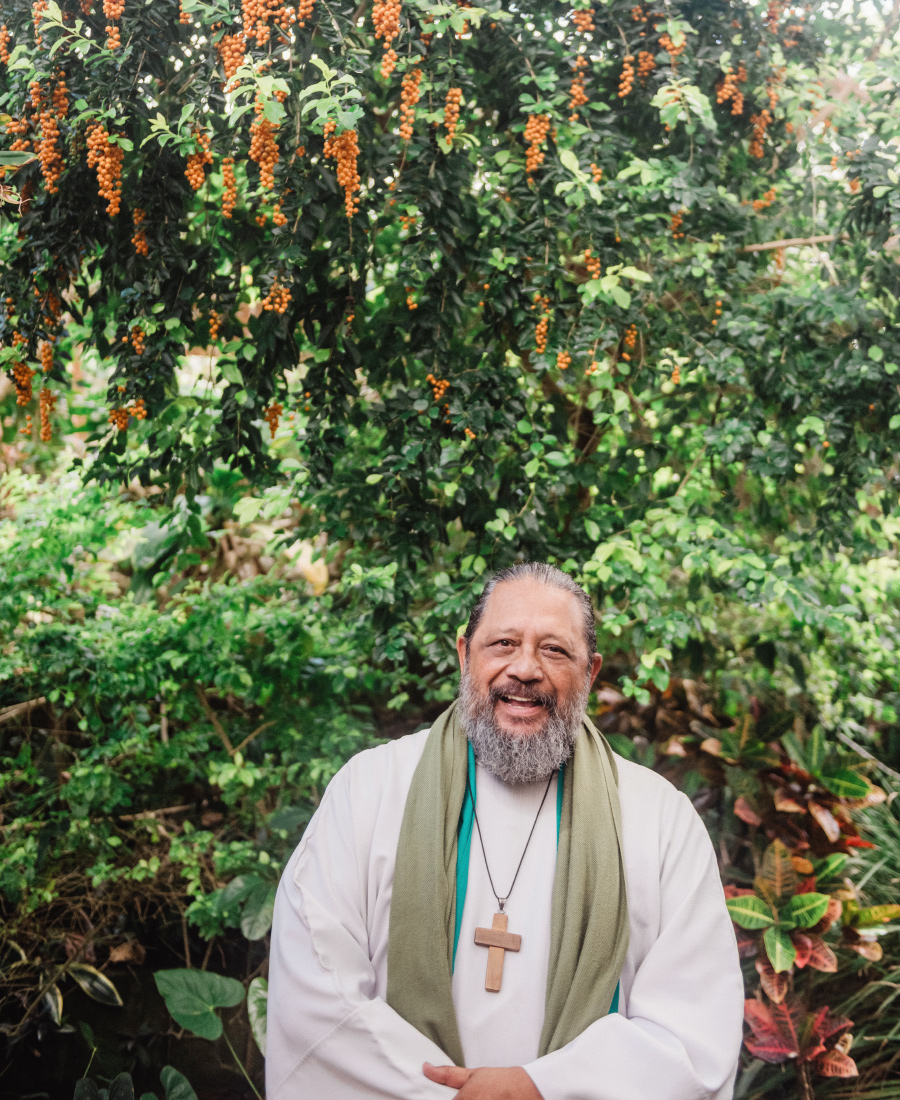
Kahu Kaleo Patterson is a Native Hawaiian pastor and professor and holds a doctorate in ministry. A vicar at St. Stephen’s Episcopal Church in Wahiawā, he also serves as president of the Pacific Justice and Reconciliation Center, where he teaches Indigenous practices of peacemaking. He and his family live in Mākaha.
Learn more about St. Stephen’s Episcopal Church, visit StephenAloha.com.
